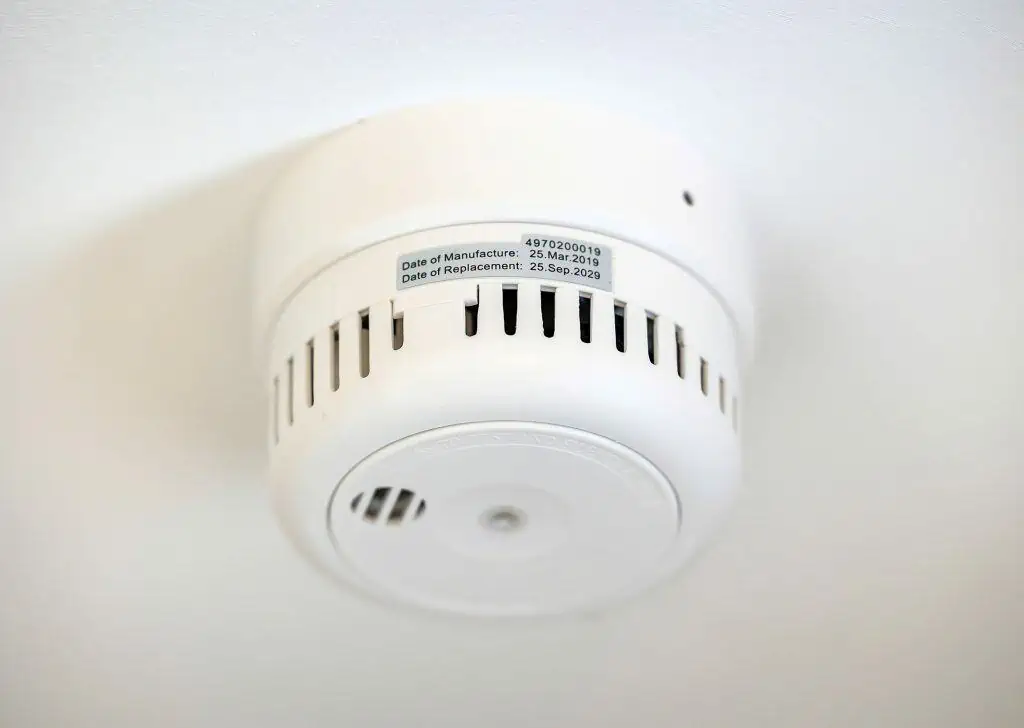Smoke alarms – one is not enough
Royal Berkshire Fire and Rescue Service (RBFRS) is encouraging residents across the county to make sure they have enough smoke alarms to keep their homes safe.
Most households, approximately 93 percent according to statistics released by the Home Office, have a fitted working smoke alarm. However, it was revealed that in incidents where smoke alarms failed to activate, the most common reason was that smoke did not reach the detector.
For this reason, the Service is calling for people across Berkshire to purchase enough smoke alarms to keep themselves and their loved ones safe. There should be at least one smoke alarm on every floor of the home, situated near high-risk rooms. This way, smoke will be detected earlier, ensuring that residents are alerted quicker.

“Working smoke alarms save lives,” states Nickie Smith, Prevention Manager. “These devices will provide vital seconds for you and your loved ones to escape in the event of a fire. Remember, you’re around eight times more likely to die in a fire if you do not have a working smoke alarm in your home.
“We know that most households have at least one smoke alarm, but recent data has shown that one per home may not be enough. To ensure your whole home is covered, place at least one smoke alarm on every level so that each room is in range. Place them on the ceilings of hallways or landings, positioning them near bedrooms or rooms with many electrical appliances.”
“These devices will provide vital seconds for you and your loved ones to escape in the event of a fire. Remember, you’re around eight times more likely to die in a fire if you do not have a working smoke alarm in your home.”
Nickie Smith, Prevention Manager
Follow these steps to ensure your home is covered:
- Install at least one smoke alarm on every level of your home.
- Fit your smoke alarms in the right place – preferably on the ceiling in a hallway or landing. Avoid placing them in kitchens and bathrooms where smoke or steam can accidentally set them off.
- Test your smoke alarms by pressing the button. This should be done regularly, ideally once a week.
- Change the batteries once a year. Never remove them temporarily.
- Replace your smoke alarms every 10 years, even if you think they still work.
- Consider checking on vulnerable relatives or neighbours who may need assistance with installing and testing their smoke alarms.
For further advice and information, visit RBFRS’s Safety at Home website pages.